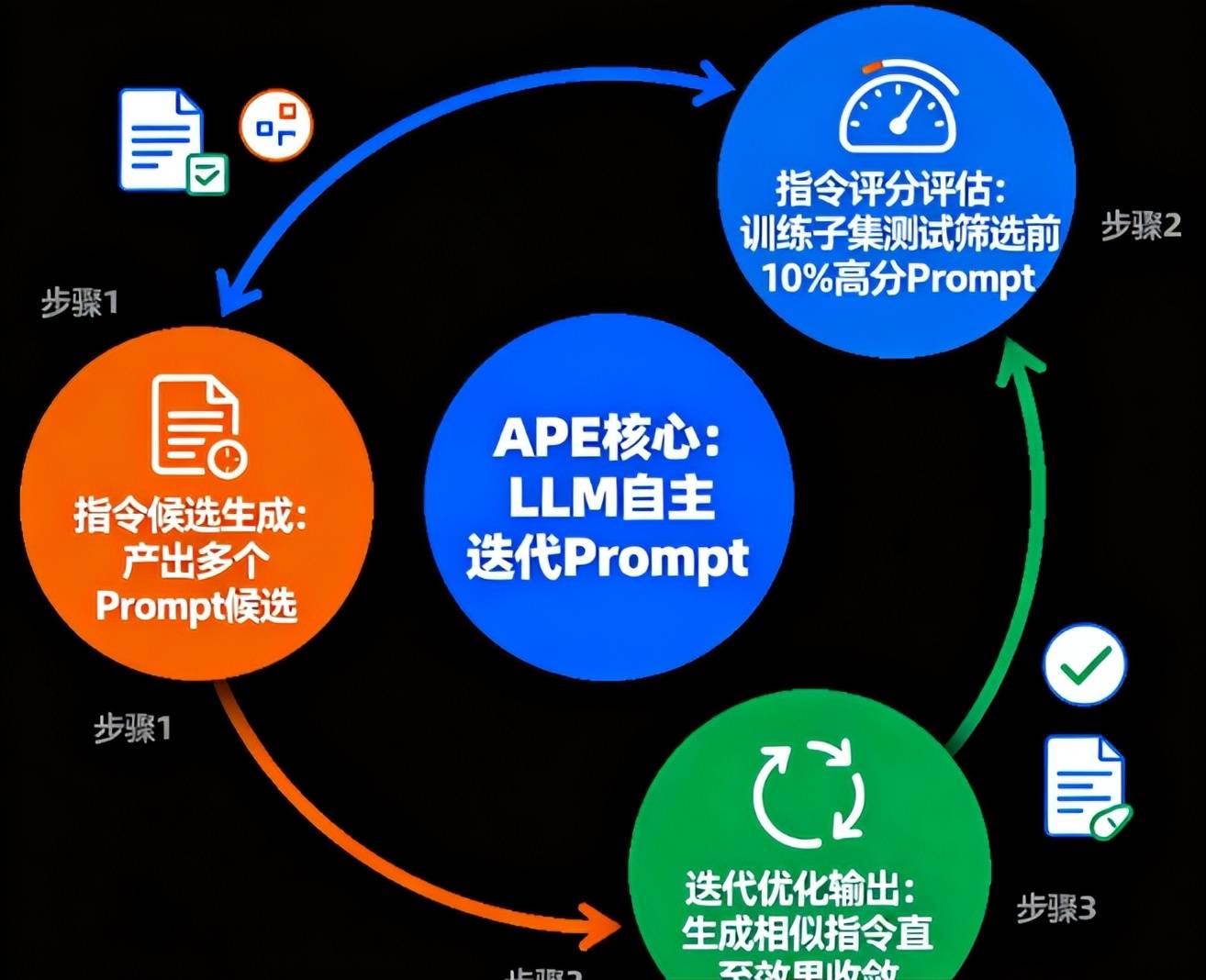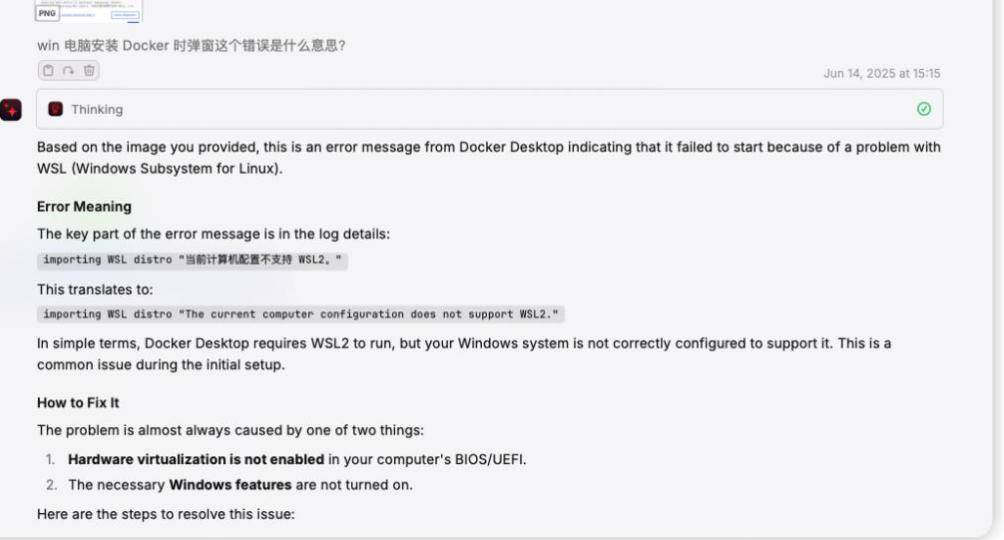If you can’t express it well in one sentence, AI won’t understand what you want to do.
In the past, writing code required learning syntax and adjusting functions, but now with AI, it relies on one sentence: how you “say” it, is how it “does” it.
Donât underestimate the weight of this sentenceâbehind it is a new technical system: Prompt Engineering.
This name sounds a bit academic, but it is very down-to-earth. In simple terms, it is about how to use one sentence to unleash the maximum capability of AI.
But is this “speaking technology” really worth such a big fuss? Is it just a case of ânew wine in old bottlesâ in the tech circle?
Some people think that Prompt Engineering sounds impressive, and what it does might be similar to âhow to talk to AI.â But if thatâs all the understanding, itâs too simplistic.
In 2020, OpenAI released GPT-3, and Prompt Engineering truly entered the public eye.
At that time, many people discovered that by simply inputting cleverly, AI could accomplish various tasks without needing to train models.
This is completely different from the previous AI training methods of âfeeding data and tuning parameters.â
But the real transformation happened after 2023. With the release of GPT-4, AI capabilities significantly improved. AI can not only write and program but also understand multi-turn dialogues and handle tasks that combine text and images.
At this point, a simple one-sentence prompt is no longer sufficient.
Now, a structured prompt framework is neededâContext, Role, Instruction, Steps, and Examples.
As Prompt Engineering enters a systematic and mature stage, forming an independent field of âtheoretical guidance + practical system,â the connotation of the term âengineeringâ truly comes into play.
Many people say that as AI capabilities grow stronger, does that mean prompts are becoming less important? AI can understand human language on its own; whatâs the need for prompts?
In reality, the opposite is true. The smarter AI becomes, the more complex the required prompt structure is.
For instance, in the context of legal contract review, traditional AI models often can only identify keywords. A legal tech company used GPT-4 with structured prompts for SaaS contract reviews, achieving an accuracy rate of over 98% and reducing contract analysis time by 70%.

Why?
Because the prompts clearly defined the role as âsenior legal counsel,â the task as âidentify data privacy clauses,â and specified the output format: âRisk points â corresponding clauses â analysis logic â modification suggestions.â
AI is not omnipotent; it needs clear rules. And prompts are the steering wheel that keeps AI on the right path.
However, this raises a concern: is prompt design too reliant on experience? Does every new task require starting from scratch?
In the past, it indeed was this way.
But now, Prompt Engineering has the support of automated tools, such as Automated Prompt Engineering technology (APE).

In simple terms, this allows AI to generate multiple prompt candidates, test their effectiveness one by one, and finally select the optimal one. This process can be automatically iterated until the prompt effectiveness converges.
This is similar to âkeyword optimizationâ in search engines, which initially relied on manual tuning, then algorithmic recommendations; now Prompt Engineering has reached this stage.
At this point, many people may still have a question: how do we evaluate the effectiveness of prompts? Is it enough to say, âit looks okayâ to consider it a success?
This question was indeed quite vague in the past. However, the industry now has a more scientific evaluation mechanism.

For example, in the medical field, GPT-4 achieved an accuracy rate of 90.2%in the MultiMedQAbenchmark test, surpassing many specialized medical models.
The key behind this is the incorporation of a rigorous structure and medical reasoning chain in the prompts, such as: first excluding infection factors; then determining whether it is an allergy; and finally reasoning in conjunction with medical history.
Moreover, current prompt engineering also incorporates RAG (Retrieval-Augmented Generation) mechanisms, pulling information from specialized databases and guiding AI to âanalyze only based on this part of the content,â avoiding âfabrication.â
Evaluation is no longer reliant on manual judgment, but rather combines AI scoring models, fact-checking tools, and output consistency frameworks into a multi-dimensional system.

Another often-overlooked question: are prompts just a part of AI? Are they optional?
The answer is no.
The true value of Prompt Engineering lies in its capacity to convey human intentions, knowledge structures, and value judgments.
In educational contexts, teachers can use prompts to generate layered physics problems that cover knowledge points, problem types, and real-life examples. In game design, developers can use prompts to set NPC personalities, backgrounds, and dialogue logic.
Thus, prompts do not make AI stronger; they make AI better at âunderstanding humans.â
AI is not magic. Whether it can help you depends on whether you can clearly articulate what you want.

Prompt Engineering may seem like a technology about âhow to talk,â but it is actually an engineering of âhow to think.â
It enables AI to understand human language and helps humans relearn how to express clear needs.
In the era of AGI (Artificial General Intelligence), prompts are not merely a simple technique; they represent a new languagethat connects humans with intelligent systems.è¿åæçï¼æ¥çæ´å¤


